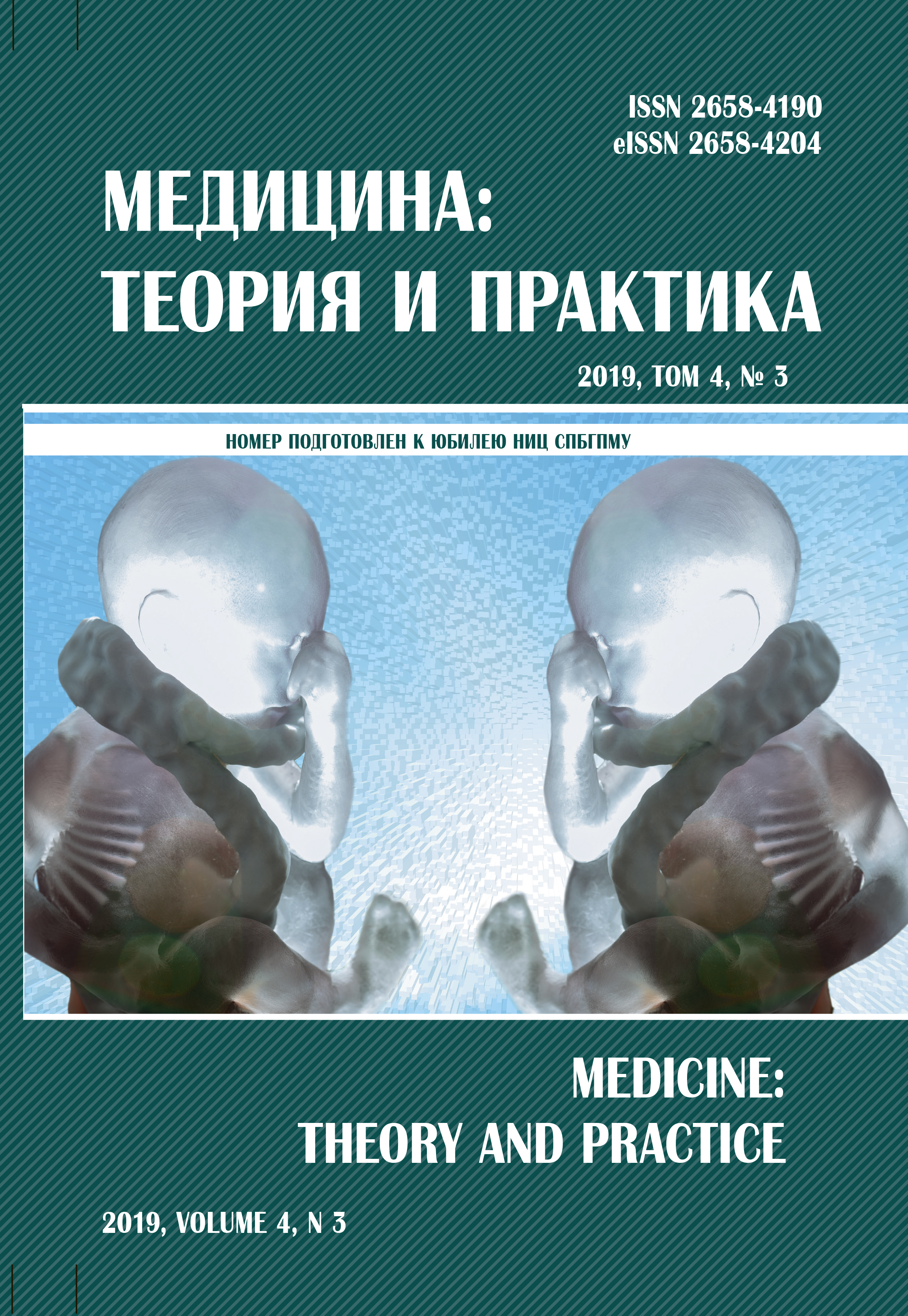Pathogenetic characteristic consequences of surgical interventions in uterine myoma
Abstract
This paper presents analysis results of the research on endocrine and metabolic disorders in women who underwent surgery interventions for uterine myomas. Uterine myoma is one of the most common gynecological diseases. Main types of surgical interventions to treat uterine myomas are: hysterectomy, which is an organ removing operation with various volume of surgical intervention: supravaginal amputation or extirpation of the uterus. Another type is myomectomy - an organ preserving operation - when myoma nodes are removed, but the uterus and ovaries are preserved if they have no pathology. Removal of the uterus with appendages or without ovaries results in a decreasing production of estrogens, which play a key role in regulation of metabolism and various functions of the body systems. Estrogen deficiency, occuring after hysterectomy, deprives patients of a comprehensive protective effect of female sex hormones in all types of metabolism and normal functioning of organ systems. Hypoestrogenemia leads to development of a post hysterectomy syndrome that comes out in early development of atherosclerosis, circulatory diseases, osteoporosis, psychological status disorders and urogenital disorders. Hypoestrogenemia is a key link in the pathogenesis of endocrine and metabolic disorders after hysterectomy. Endocrine disorders can be found at almost all levels of the regulatory and executive axis of the endocrine system. So far, hormonal function of the peripheral endocrine glands after myomectomy has been poorly studied. Currently available publications give no data on endocrine and metabolic disorders in patients after the myomectomy.



